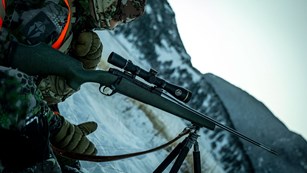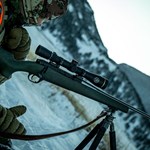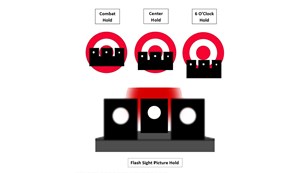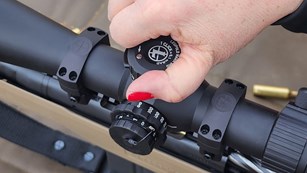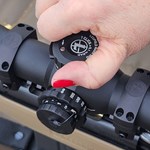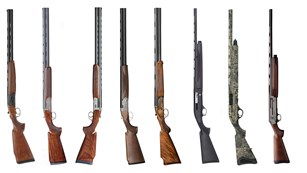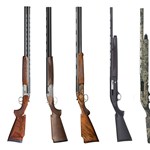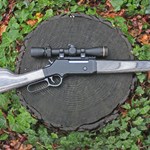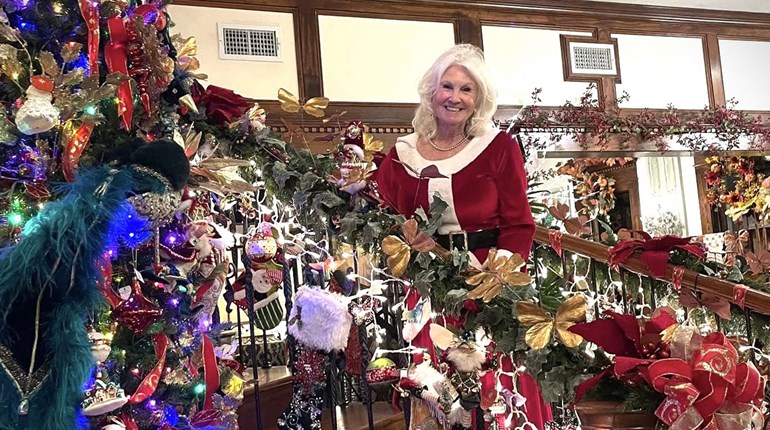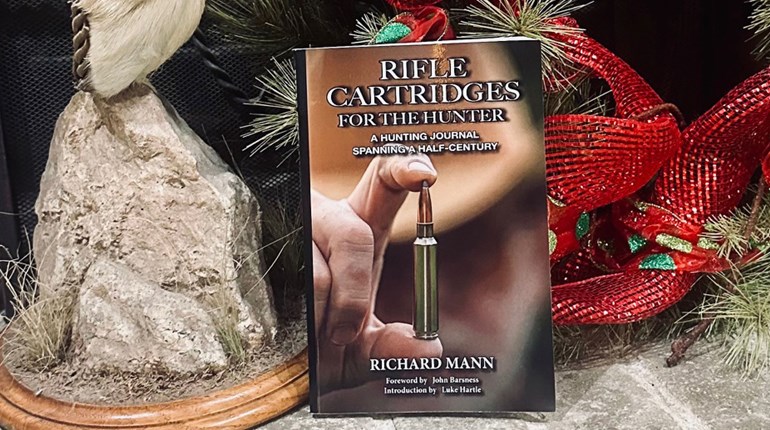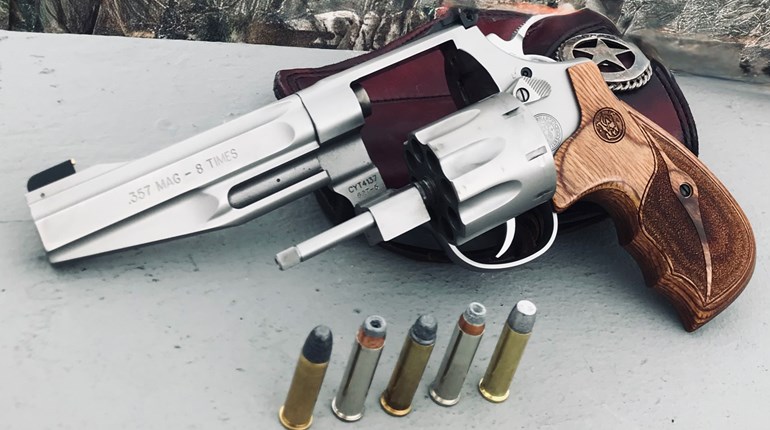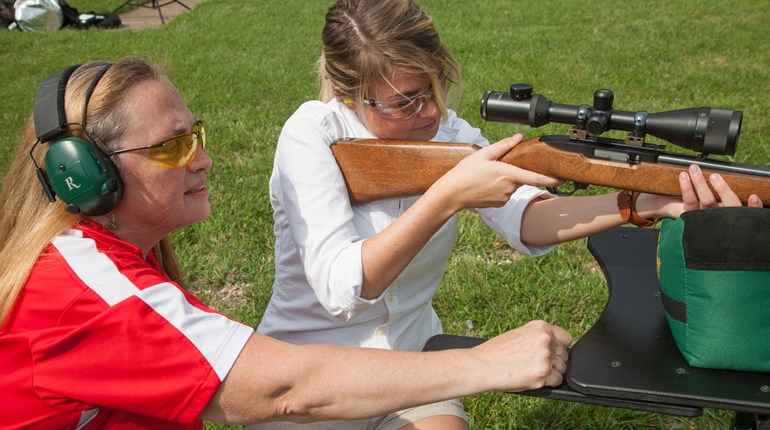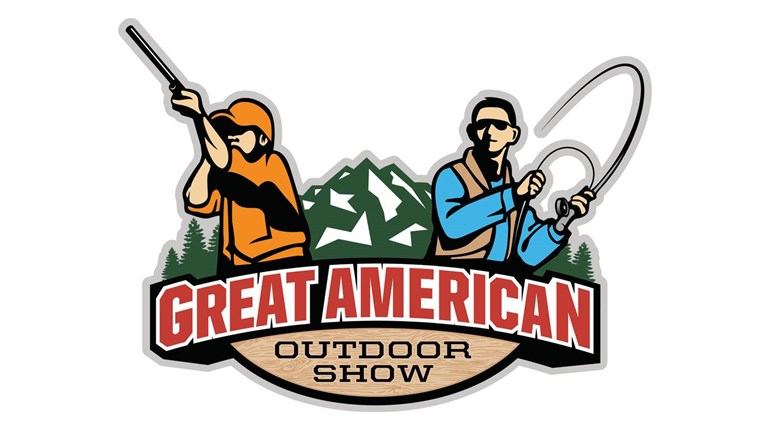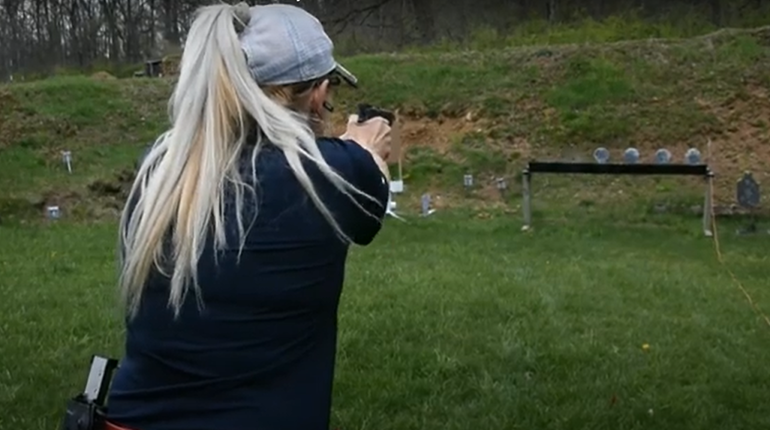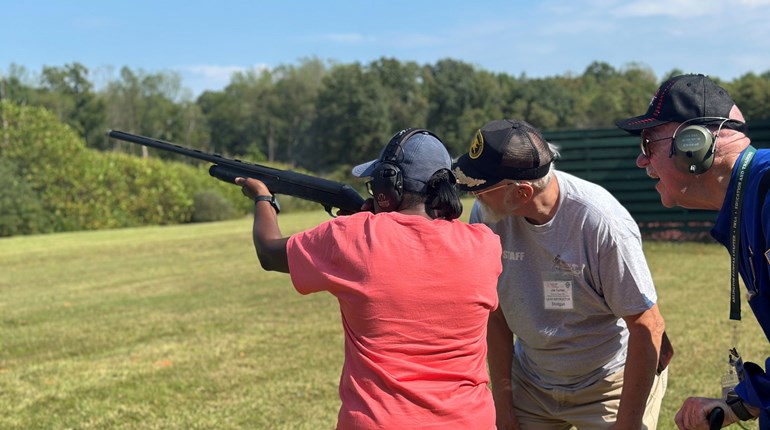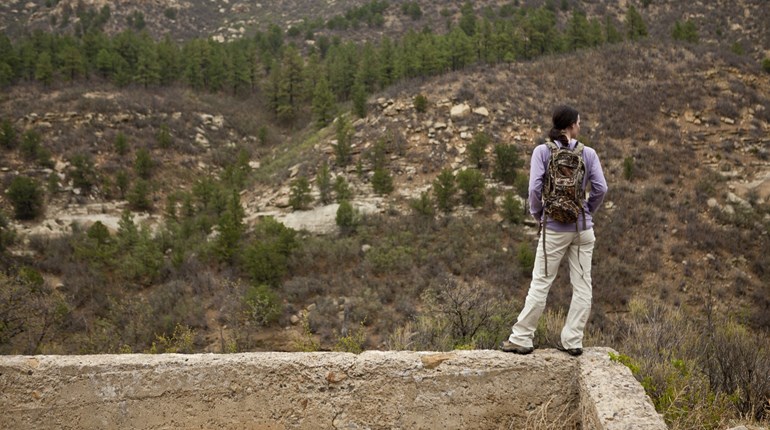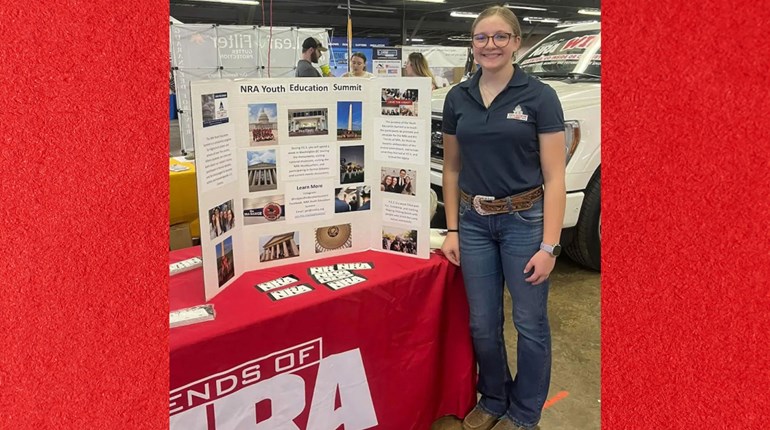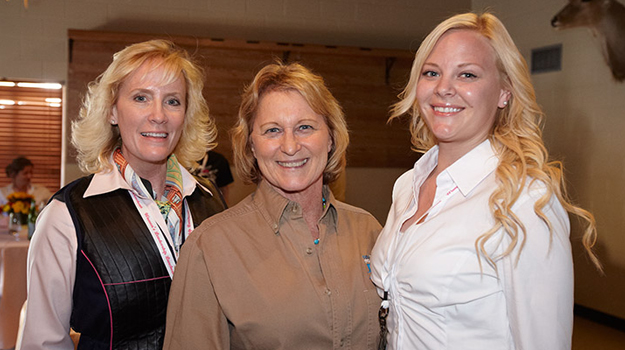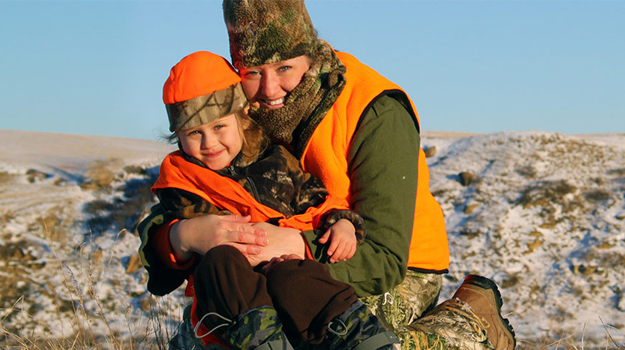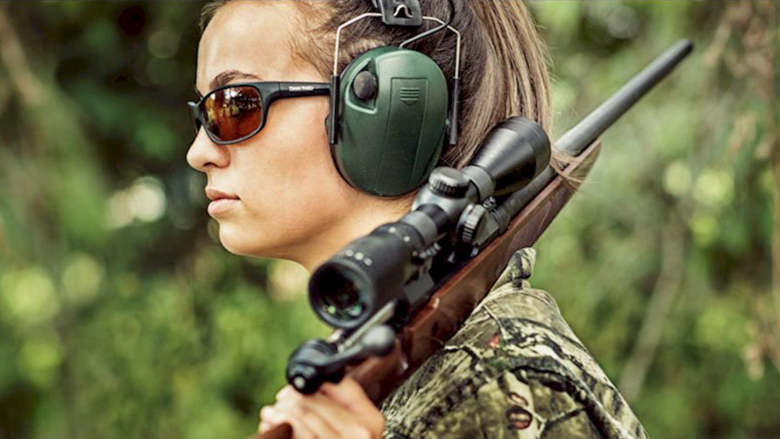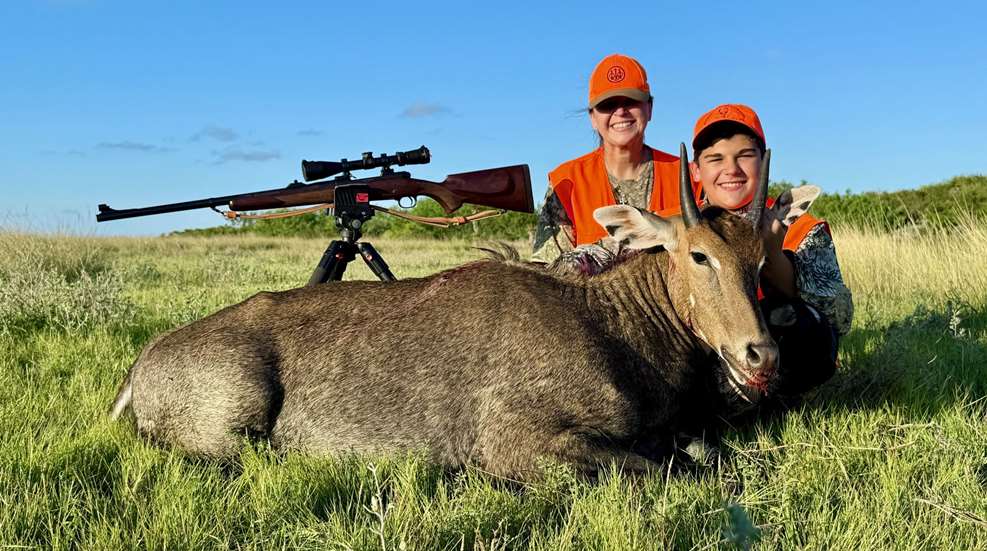
Texas, where I live, is a unique sportsman’s paradise. Not only do hunters have an opportunity to hunt most of the game species in North America, but Texas is also home to many free-ranging game animals from all over the world. This is particularly true of African and Asian game animals. In some parts of this massive state, you are more likely to see Axis deer, Fallow deer or Aoudad sheep than whitetail deer.
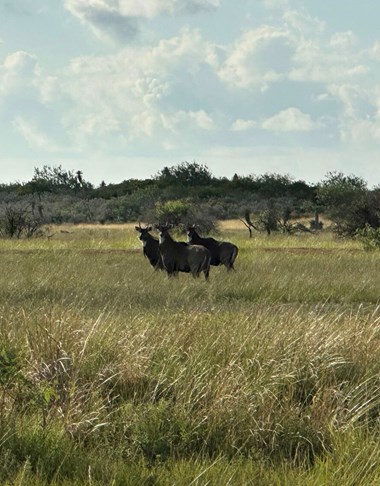
In Texas, these non-native species are not considered game animals, like whitetail deer. Rather, they are called “exotics” and are classified as non-game animals. Depending on the landowner’s permission, they can be hunted year round, at night, and without any bag limits. Anyone looking to hunt exotic animals in the state of Texas is only required to have a hunting license and be Hunter Education certified, if you were born after Sept. 2, 1971.
I recently retired from Texas Parks and Wildlife as the Assistant Hunter Education coordinator and statewide Becoming an Outdoors–Woman coordinator. Some of my duties included putting on wildlife workshops for both native and non-native species, coordinating youth hunts and adult-mentored hunts. I also served as a guide for the various hunts in which I participated.
Of all the hunts that I was fortunate to be involved with, there was one species that I never had the opportunity to guide: the elusive Nilgai. Fortunately, my youngest son, 16-year-old Luke, was drawn for a Nilgai hunt in South Texas, and I was asked to join him and help guide and assist wherever needed.
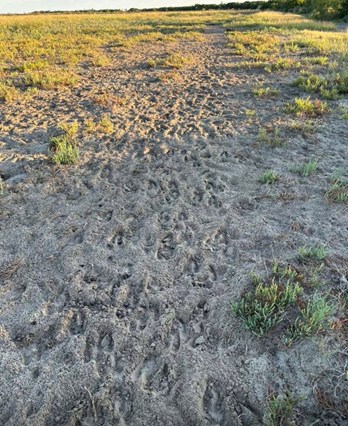
What’s a Nilgai?
A Nilgai is a large-bodied antelope from South Asia and the only member of the genus Boselaphus. Nilgai are one of the world’s largest antelope species and can be found across northern India and Pakistan. Nilgai means “blue cow,” and mature males are called “blue bulls” because their hair turns bluer as they age. Bulls can stand over 5 feet tall at the shoulders and weigh over 600 pounds. Females, called cows, usually weigh between 250 and 475 pounds and have a tan or yellow-brown coat.
Nilgai have long faces with a large white throat patch, white around their eyes, and a ridge of tuft-like hair running along the back of their necks. There is also a “pendant” of hair that hangs from the bottom of the throat patch, which is larger in the bulls. This species is sexually dimorphic; only the males have horns. These horns are single spikes, slightly curved, and range between six to 10 inches long.
Nilgai are diurnal, active during the day. They are grazers and survive primarily on grasses, and occasionally shrubs and fruits. They are social animals and live in herds varying from a few animals to more than 50 in the larger herd sizes. They have speed and endurance.
Nilgai were imported into the U.S. in the 1920s. The famous King Ranch in South Texas, which spans 825,000 acres and nearly 1,300 miles, acquired the Ranch’s first nilgai breeding stock. With sound game management, today Nilgai are flourishing on the King Ranch with over 15,000 on the ranch, and an estimated 30,000 to 50,000 across South Texas. This species is drought-tolerant and prefers dry climates, and scrub forests with open expanses. This makes the South Texas farmlands and brushlands ideal for the nilgai. Where nilgai have established, they can cause a lot of damage to farmlands and in many areas are considered a nuisance.
Pre-Hunt Prep
One of the requirements of this hunt was that the selected youth had to be able to shoot an 8-inch target at 200 yards with a .30-cal. or larger firearm. This can be a little challenging in the South Texas environment during October, due to the windy conditions and hot, humid temperatures.
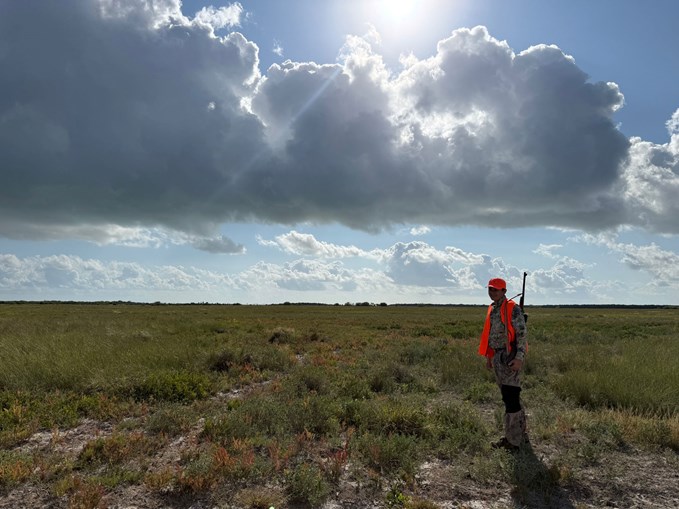
Nilgai are built like tanks and can sometimes be difficult to bring down. Because of this, I took Luke to the gun range several times with the hope of finding a large caliber that fits him. We selected four calibers that would be ideal for such a large antelope. Luke shot a .300 Win Mag, .338 Win Mag, .375 H&H Mag, and a .416 Rem Mag. He settled on the .300 Win Mag and the .375 H&H Mag because he could consistently place all his shots within the 10-ring at 200 yards. Either one of these calibers should be able to quickly take down a nilgai as long as the shot is placed somewhere in the “boiler room.”
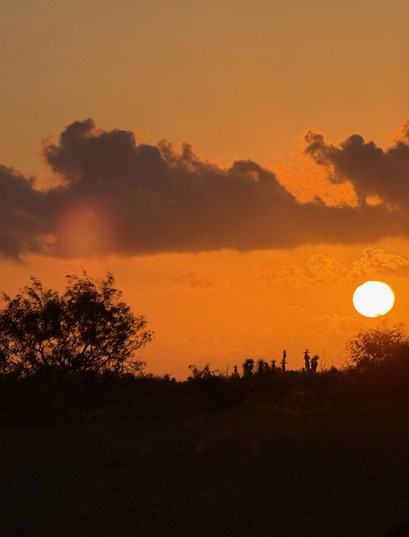
Other important items on the checklist included at least two large ice chests, a chair for the hunt, a good pair of binoculars, knives for skinning, long sleeves and long pants. A range finder is a necessity because of the varying distance that Luke might have to take his shot. Shooting sticks are also a necessity because this was going to be a “spot and stalk” hunt. This is not easy because of the vast open terrain that nilgai prefer.
The last few “must-have” items are insect repellant, specifically permethrin, which repels ticks, mosquitoes and chiggers. The other is snake boots or leg gaiters. Like many parts of Texas, especially South Texas, everything you encounter will either sting you, bite you, or stick you! What that means is if a cactus does not stick you, a scorpion might sting you, or a rattlesnake might bite you. This time of year, you must contend with chiggers. These mini reddish little mites, called “red bugs,” are known to cause intense itching and can be worse than all the cactus, scorpions and rattlesnakes combined!
The Hunt
All hunters met at a local shooting range and were introduced to the staff and volunteers who organized this hunt. After a thorough safety briefing and explanation of the weekend’s schedule, one-by-one, each hunter set up their tripod and demonstrated their 200-yard shot they had all practiced prior to this occasion. The target was an 8-inch steel gong that clearly verified a resounding “ping” when hit, which resulted in beaming smiles from the hunters and everyone who observed!
After lunch, we hit the field. Hunters and their guides were strategically placed around this large property. It was a sunny and clear day, a balmy 94 degrees with about 60 percent humidity, making the feels-like temperature around 110 degrees Fahrenheit on our first South Texas nilgai hunt!
We were dropped off several hundred yards from our designated hunting spot. We quietly grabbed our day packs, hunting chairs, plenty of water, Luke’s rifle, and shooting sticks. We made our way to our spot, as we hugged the brush line and quietly tucked ourselves into the brush. We continually scanned the horizon with our binoculars and after a few hours, finally spotted a small herd of nilgai. Using our rangefinder, we marked these animals a bit over 300 yards away. Wanting to set Luke up for a closer shot, the thrill of the hunt continued with what was about to come next!
Luke grabbed his (unloaded) rifle and I picked up his shooting sticks. We immediately dropped to our hands and knees and slowly began crawling, staying low and quiet, advancing toward the unaware animals. We were downwind and remained undetected by their keen eyesight and hearing. We continued to army-crawl until we were under 100 yards from the herd. Using his .375 H&H Mag on the shooting sticks, Luke picked out a large bull, loaded a round and took one shot, dropping his very first Nilgai!
After about an hour, a crew arrived to share the excitement, take photos, and help field dress the animal. It was a beautiful large bull with 8-inch horns and estimated over 400 pounds! It took four of us to load him into the Gator and drive over to the processing area. By now, the sun had set, and the first day’s hunt was over. All the hunters gathered around Luke to see his trophy and congratulate him, and everyone pitched in to help him skin and quarter his animal.
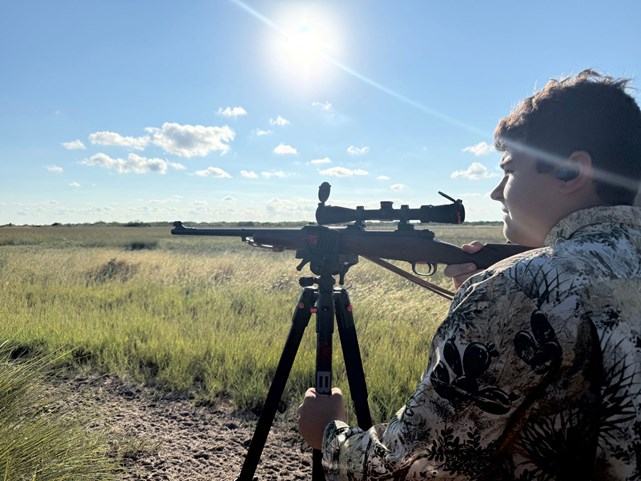
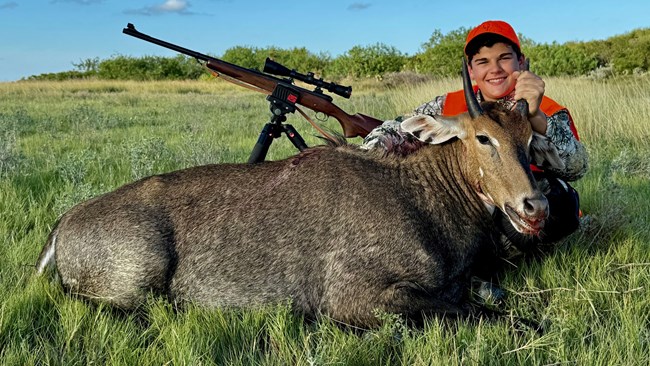
After the Hunt
Big game hunting season in Texas has not yet opened, and the Rao family has enough meat to last most of the year! Not only did Luke fill our freezers, but we had a couple of “firsts.” This was Luke’s first nilgai hunt and my first time guiding one!
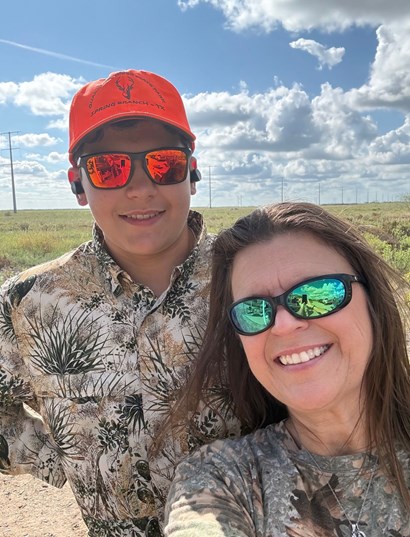 I had either hunted or guided other exotics species such as Axis deer, Fallow deer, Sika deer, Black Hawaiian ram, Aoudad sheep, Corsican ram and now the Nilgai is added to that list! What was even more unique is that all these free-ranging animals were taken in Texas!
I had either hunted or guided other exotics species such as Axis deer, Fallow deer, Sika deer, Black Hawaiian ram, Aoudad sheep, Corsican ram and now the Nilgai is added to that list! What was even more unique is that all these free-ranging animals were taken in Texas!
You do not have to be in Texas to achieve your own lists of “firsts.” Check out what your state has to offer and try something new. By doing so, you can keep the excitement alive and experience the same thrill that you had when you took your first deer, duck, squirrel, or whatever that “first” was, over-and-over again! This experience was even more special to me because I got to achieve another “first” with my youngest son experiencing his “first.” This is how you find the “Fountain of Youth” and stay a “forever-young” hunter at heart!
